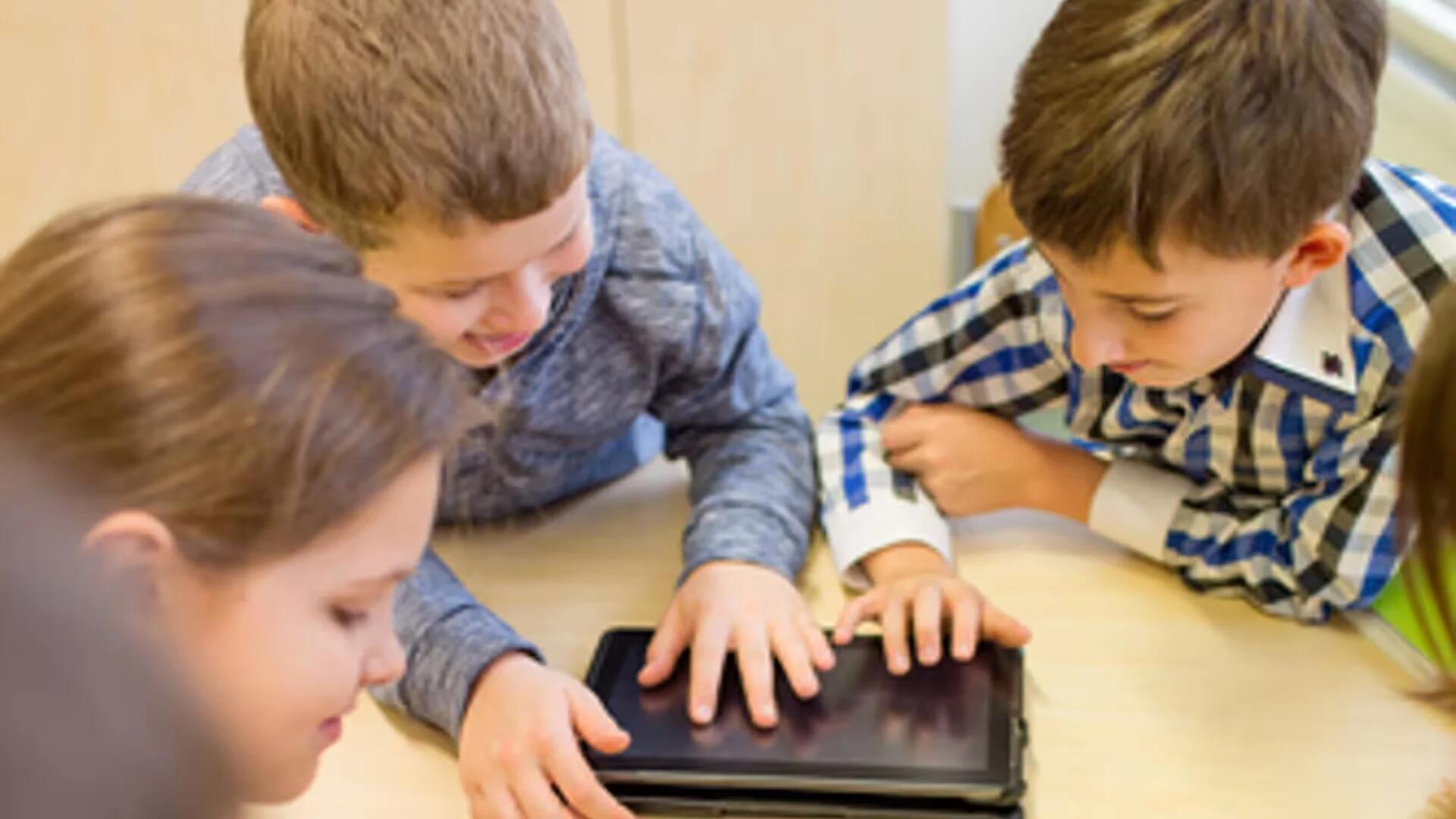It is a little known fact among the general public that teachers have to buy their own supplies. From crayons to course material, the cost of classroom materials falls on their shoulders. It is a commonly known fact among teachers that when they hear the words “free supplies,” a stampede ensues in pursuit of these freebies. Herein lies the beauty of Open Educational Resources (OER) – materials, lesson plans, activities, syllabi, lecture materials and games that come at no cost and are available in digital form to students and teachers alike.
These resources come from all over the world in different languages and cover a vast spectrum of information. OER, which benefit all parties in the education system, help teachers find the right activities, tests and strategies that work best for them and their students, allowing collaboration on a global level. Benefits of incorporating OER into classroom use include:
Free Resources
In higher learning institutions, OER save students money. Textbook costs seem to rise every year, so the benefit of free resources is that they are freely distributed to students. Since OER are copyright approved, they can be assembled into packets for students to replace expensive textbooks.
For teachers in all grades who take on the challenge of teaching English as a second language, from kindergarten up through college, the bulk of ESL lessons require worksheets. Teachers and students can benefit from free printable worksheets.
Easy Access
Since OER are openly licensed, learning materials can easily be found online and downloaded, encouraging more independent study for students preparing to take a course, wanting to do more study outside the class or continue learning after the class has finished.
Other student pros of OER are that they provide supplemental materials as well as offer an overview of course subject matter so that students can determine if the course in question is right for them, and also allows them to prepare better for a course before it begins.
Collaborative Learning
Best practices are shared internationally across many divisions and cultures. In using OER, educators and students can examine how different schools approach different material.
Educators can compare notes within the same field of student learning and gain insightful, innovative ideas for the delivery of material based on other educators’ practices.
Ease of Sharing
One of the biggest complaints about used material is that the former owner took horrible or uninformed notes within the textbook or packet. OER offer students peace of mind in knowing that they are the first to make notes in the material.
Also, since OER are licensed for sharing, there is no concern about requesting permission for the use of content. This goes for teachers, too. With the permission already granted to copy material and distribute at no cost, the concept of “fair use” infringement is never brought into question.
OER are an expedient solution for educators to cut down supply costs and improve the quality of resources they use, at no cost, therefore improving the quality of education they provide. Students benefit from a variety of choices, and the classroom becomes a place of learning and sharing, beyond the confines of a textbook.
